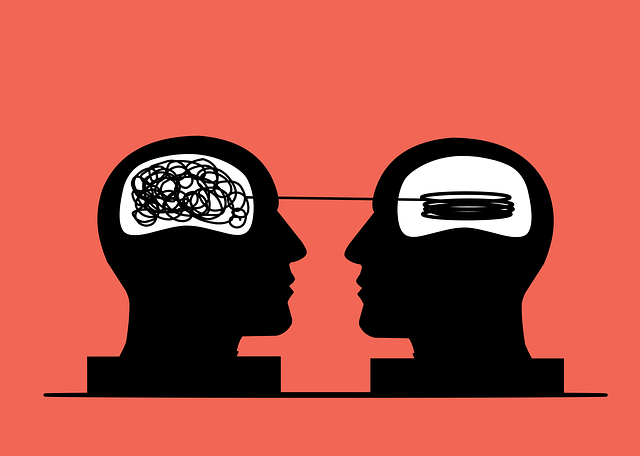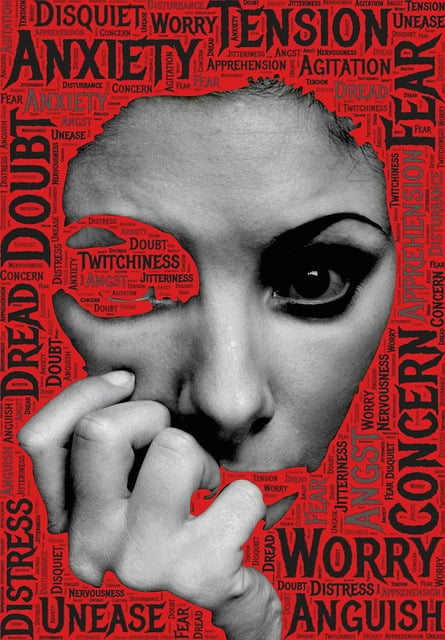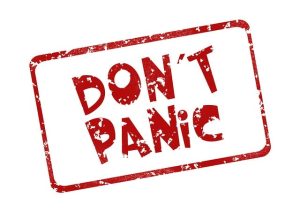Behavioral therapy, particularly Cognitive Behavioral Therapy (CBT), is an effective and popular anxiety treatment approach. It focuses on modifying unhelpful thought patterns and behaviors, addressing the interconnectedness of thoughts, feelings, and actions. Techniques like exposure therapy and cognitive restructuring empower individuals to manage anxiety through changed response patterns, building resilience and improving quality of life. CBT and other evidence-based methods provide a holistic framework for managing and overcoming chronic worry, with personalized goals and homework assignments reinforcing learning between sessions. This powerful anxiety treatment has proven successful in addressing diverse manifestations of anxiety, including social anxiety, panic attacks, and obsessive-compulsive disorders.
Anxiety can significantly impact daily life, but behavioral therapy offers a powerful tool for managing it. This effective approach, known as Cognitive Behavioral Therapy (CBT), focuses on identifying and changing negative thought patterns and behaviors.
This article explores CBT’s profound effects on anxiety disorders, delving into its key techniques, benefits, and the step-by-step process of receiving this treatment. From preparing for your first session to navigating potential challenges, discover how CBT empowers individuals to overcome anxiety and reclaim their lives.
Understanding Behavioral Therapy: An Effective Approach to Anxiety Treatment

Behavioral therapy is a highly effective approach to treating anxiety, focusing on modifying unhelpful thought patterns and behaviors that contribute to distress. This form of psychotherapy emphasizes the connection between thoughts, feelings, and actions, aiming to help individuals manage their anxiety by changing their response to it. By identifying and challenging negative or irrational beliefs, behavioral therapy empowers people to confront situations they fear and gradually reduce avoidance behaviors.
Through structured techniques and personalized strategies, this type of treatment enables clients to learn coping mechanisms that enhance their overall well-being. By facing anxieties in a safe and controlled manner, individuals can build resilience, gain a sense of control, and improve their quality of life. Behavioral therapy offers a practical and efficient method for anxiety treatment, making it a preferred choice for many seeking to overcome their fears and live more fulfilling lives.
How Behavioral Therapy Works in Managing Anxiety Disorders

Behavioral therapy focuses on modifying problematic behaviors and thoughts associated with anxiety disorders. This approach believes that our thoughts, feelings, and behaviors are interconnected, and by changing our response to anxious situations, we can reduce symptoms. During sessions, therapists help individuals identify triggers and unhelpful patterns, teaching them to replace these with healthier coping mechanisms. Through various techniques like exposure therapy, where patients gradually confront fears in a safe environment, and cognitive restructuring, reframing negative thoughts, behavioral therapy empowers individuals to manage their anxiety effectively.
The process involves learning relaxation skills, facing fears head-on, and understanding the impact of one’s thought patterns. By consistently practicing these strategies, individuals gain tools to prevent or reduce anxiety attacks and improve overall well-being. This form of therapy provides long-lasting results as it teaches self-management skills, enabling clients to maintain their progress even after sessions conclude. Many find it an effective anxiety treatment, offering a practical and empowering approach to overcoming anxiety disorders.
Key Techniques Used in CBT for Anxiety Relief

Cognitive Behavioral Therapy (CBT) is a highly effective anxiety treatment that focuses on identifying and changing negative thought patterns and behaviors contributing to anxiety. Key techniques include:
1. Challenging Negative Thoughts: CBT helps individuals recognize and question irrational or unhelpful beliefs, replacing them with more realistic and balanced perspectives. This process empowers patients to manage their anxiety responses effectively.
2. Exposure Therapy: Gradually exposing individuals to anxiety-provoking situations in a safe and controlled manner allows them to confront and overcome their fears. Over time, this technique desensitizes people to triggers, leading to reduced anxiety and increased confidence.
Benefits of Cognitive Behavioral Therapy for Overcoming Anxiety

Preparing for Your First Session: What to Expect from CBT

Preparing for your first session with a cognitive behavioral therapist (CBT) is an essential step in your journey to managing anxiety. Beforehand, it’s normal to feel a mix of excitement and nerves. CBT is a structured form of therapy that focuses on identifying and changing negative thought patterns and behaviors contributing to your anxiety. During your initial meeting, the therapist will assess your symptoms, goals, and history to create a tailored treatment plan. They’ll explain the process, set expectations, and address any concerns you might have, ensuring you feel comfortable and understood.
In CBT, you can expect active participation in your therapy. The therapist will guide you through various exercises and techniques to challenge negative thoughts and learn new strategies to cope with anxiety-provoking situations. This may include identifying automatic negative thoughts, cognitive restructuring, exposure therapy, and behavioral activation. It’s a collaborative process where your input is valuable, and you’ll be encouraged to participate actively in your healing.
Setting Realistic Goals: A Cornerstone of Successful Anxiety Treatment

Setting realistic goals is a cornerstone of successful anxiety treatment. It provides structure and direction, helping individuals focus on achievable milestones rather than overwhelming objectives. By breaking down larger tasks into smaller, manageable steps, behavioral therapy empowers patients to build confidence and resilience. This incremental approach ensures that progress is measurable and celebrated, fostering a sense of accomplishment that can boost motivation and engagement in the therapeutic process.
Realistic goals are tailored to each individual’s unique needs and capabilities, taking into account their current level of functioning and available support systems. Therapists work collaboratively with clients to define these goals, ensuring they are specific, measurable, achievable, relevant, and time-bound (SMART). This framework guides both the patient and the therapist in tracking progress and adjusting strategies as needed, ultimately contributing to more effective anxiety treatment outcomes.
Homework Assignments: Extending the Benefits of CBT Beyond Sessions

Behavioral therapy, specifically Cognitive Behavioral Therapy (CBT), is a highly effective anxiety treatment that extends beyond the duration of therapy sessions. To maximize the benefits, CBT practitioners often assign homework to patients, designed to reinforce learning and promote positive behavioral changes in between meetings. This can include various activities such as keeping thought records, engaging in gradual exposure exercises, practicing relaxation techniques, or participating in mindfulness training.
By integrating these assignments into daily life, individuals actively engage with the principles of CBT, fostering a deeper understanding of their thoughts, feelings, and behaviors related to anxiety. Through consistent practice, homework assignments empower patients to become more self-aware, develop coping strategies, and extend the calming effects of therapy sessions throughout their lives, offering lasting solutions for managing anxiety symptoms.
Potential Challenges and How to Navigate Them in Anxiety Treatment

Anxiety treatment can be a transformative journey, but it’s not without potential challenges. One significant hurdle is that anxiety often manifests in various forms, from social phobia to panic attacks, making one-size-fits-all strategies ineffective. Additionally, anxiety disorders are complex and frequently co-occur with other mental health conditions, such as depression or obsessive-compulsive disorder, further complicating treatment plans.
Navigating these challenges requires a tailored approach. Firstly, individuals should work closely with qualified therapists to identify the specific triggers and symptoms associated with their anxiety. This process involves self-reflection and open communication. Once understood, therapy techniques can be adapted accordingly. For instance, cognitive-behavioral therapy (CBT) might focus on challenging negative thought patterns while mindfulness practices could help manage panic attacks. Regular check-ins with therapists ensure adjustments are made as progress is made, fostering a more effective anxiety treatment plan.
Success Stories: Transformative Outcomes with Behavioral Therapy

Behavioral therapy for anxiety has countless success stories to its credit, showcasing transformative outcomes that change lives. Many individuals who once struggled with anxiety have found relief and regained control over their lives through this effective approach. The power of behavioral therapy lies in its ability to retrain the mind, challenging negative thought patterns and behaviors associated with anxiety disorders.
Through a range of techniques, from cognitive restructuring to exposure therapy, this form of treatment empowers people to face their fears and manage symptoms effectively. Success stories often involve individuals who have overcome social anxiety, panic attacks, or obsessive-compulsive disorders, leading to improved quality of life. These positive transformations serve as a testament to the accessibility and impact of behavioral therapy as a frontline anxiety treatment.
